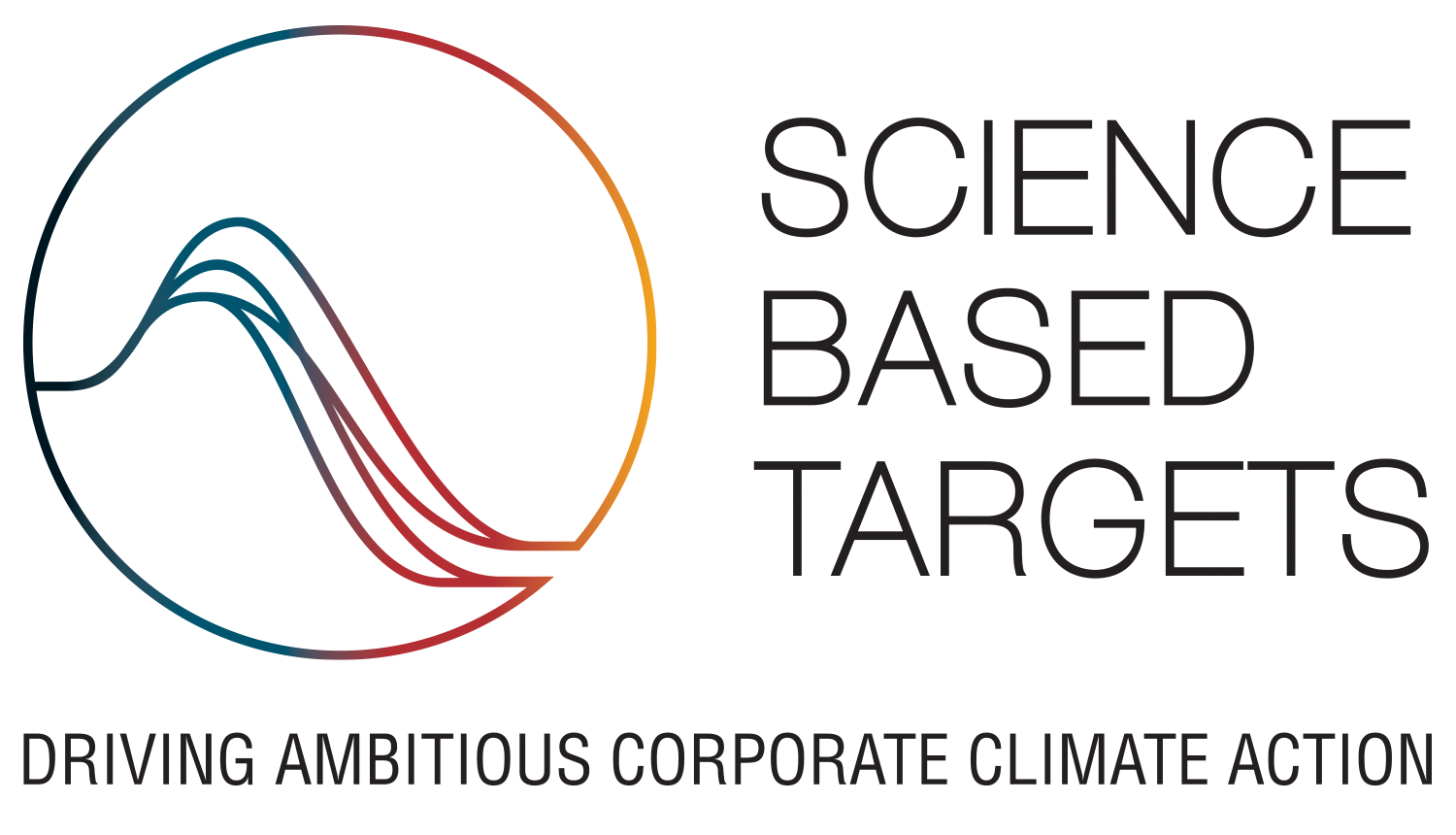The overall strategy
The overall ambition within environmental responsibility is to protect the environment by actively trying to reduce our own and our customers’ environmental impact, as well as to reduce the resource utilization – both activites carried out in-house and by suppliers.
In order to achieve this, we aim for improved environmental performance by acting as a green advisor to help clients reduce their environmental impact as well as actively reduce our own environmental impact, i.e. energy usage, waste management, chemical use, carbon emissions from transports and raw materials handling. Our goal is to halve our carbon footprint from 2018-2025 and to reach Net-Zero greenhouse gas emissions by 2040.
Activities aimed at reducing the climate impact of our daily operations are being carried out continuously. This is done partly through the services we provide and partly at Coor’s own offices. We have a major responsibility for the impact of our own operations and at the same time a big opportunity to support our customers in their environmental efforts.




